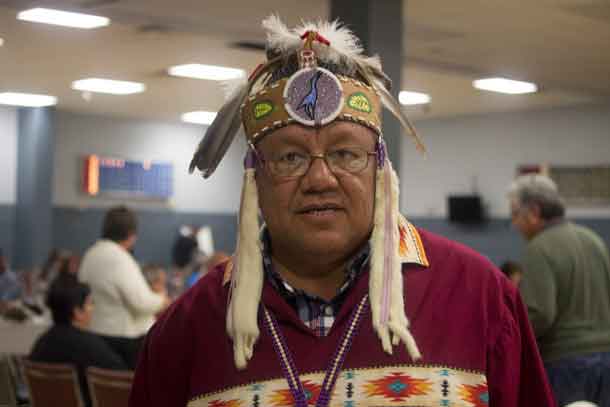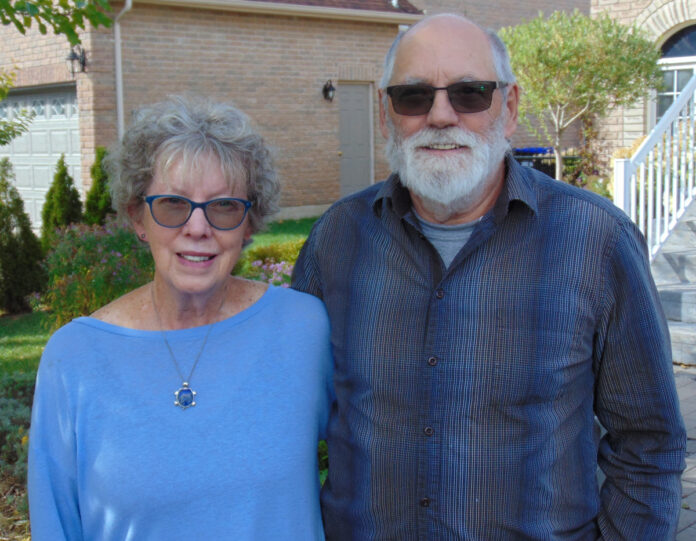ONTARIO—While they describe it as jarring to hear that the bodies of First Nations peoples were found at a construction site in Toronto recently, Ontario Regional Chief Glen Hare and Chiefs of Ontario Heritage and Burials Portfolio Holder Grand Council Chief Reg Niganobe said they are pleased that the province is engaging with the local community to determine next steps.
“Honouring our ancestors is a foundational component of First Nations worldviews, this includes where they rest,” said Ontario Regional Chief Hare. “Although we have known that First Nations people lived on these lands for thousands of years and that this area is an archaeological site, it is always jarring to hear of these discoveries. They are a stark reminder that our ancestral lands aren’t just somewhere out ‘in the bush,’ they are everywhere in the province of Ontario and what is now known as Canada.”
On January 6, the CBC published a story stating that ancestors from ancient Indigenous burial grounds were found in North Riverdale, Toronto, by a construction crew installing a water line on Withrow Avenue. According to forensic anthropologist Greg Olsen, the site has been a known archaeological site since at least 1886 when crews excavating the initial construction of Withrow Avenue found communal grave sites in the area.
“For First Nations people, these are not remains, they are our ancestors, and we must speak about them as such,” explained Regional Chief Hare. “The ancestors and burial grounds are very sacred to our people and it is of utmost importance that the ancestors be cared for in a good way and according to the customs of the Nation from which they are from.”
“There is a longstanding committee in the Ontario region who may be able to provide valuable advice, guidance and expertise on how to move forward with this discovery,” said Chiefs of Ontario Heritage and Burials Portfolio Holder, Anishinabek Nation Grand Council Chief Reg Niganobe. “Our hope is that we can all come together and work collaboratively to ensure this is done in the most respectful and appropriate way possible.”
Kee:Way, the Ontario First Nations Heritage and Burials Committee, was formally established in 2012 as a result of the recommendations that came out of the Ipperwash Inquiry and is comprised of elders, knowledge keepers and First Nations experts from across the Ontario region that provide guidance on issues related to the handling, transfer and repatriation of remains and valuables to the appropriate First Nation(s) and descendants for proper burial and stewardship. Over the course of the last decade, the committee has provided advice and support on the repatriation of ancestors and sacred items held by governments and museums across Canada and around the world.
Kee:Way is a Lenape and Anishinaabe word that means ‘bringing our ancestors home.’
“It feels like we are moving in a positive direction with this particular discovery, however, this really highlights the need to establish more formal approaches to address roles in protecting ancestors, and sacred and cultural sites that includes First Nations, municipalities and the province for when this inevitably happens again in the future. Our ancestral territories are everywhere,” said Ontario Regional Chief Hare.





